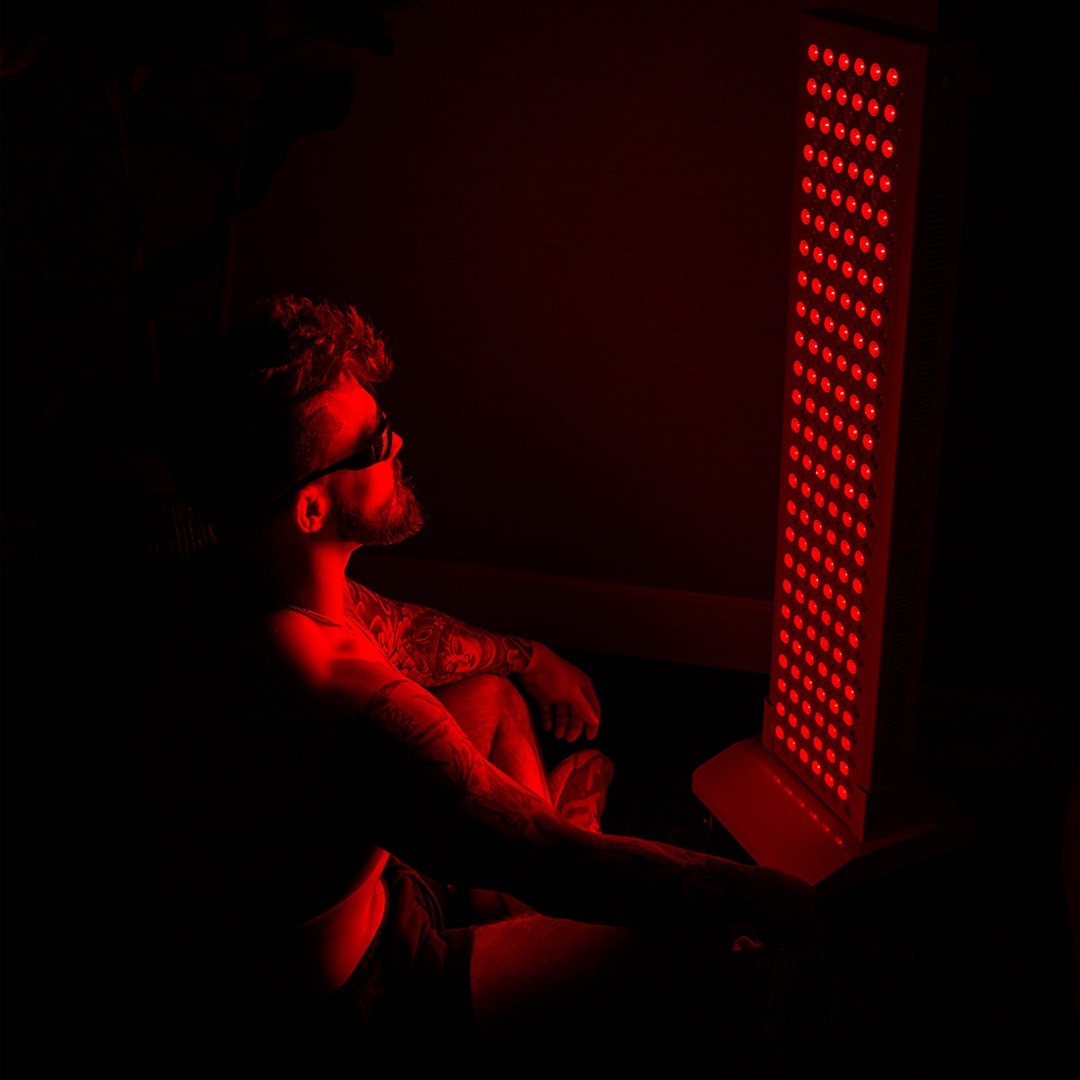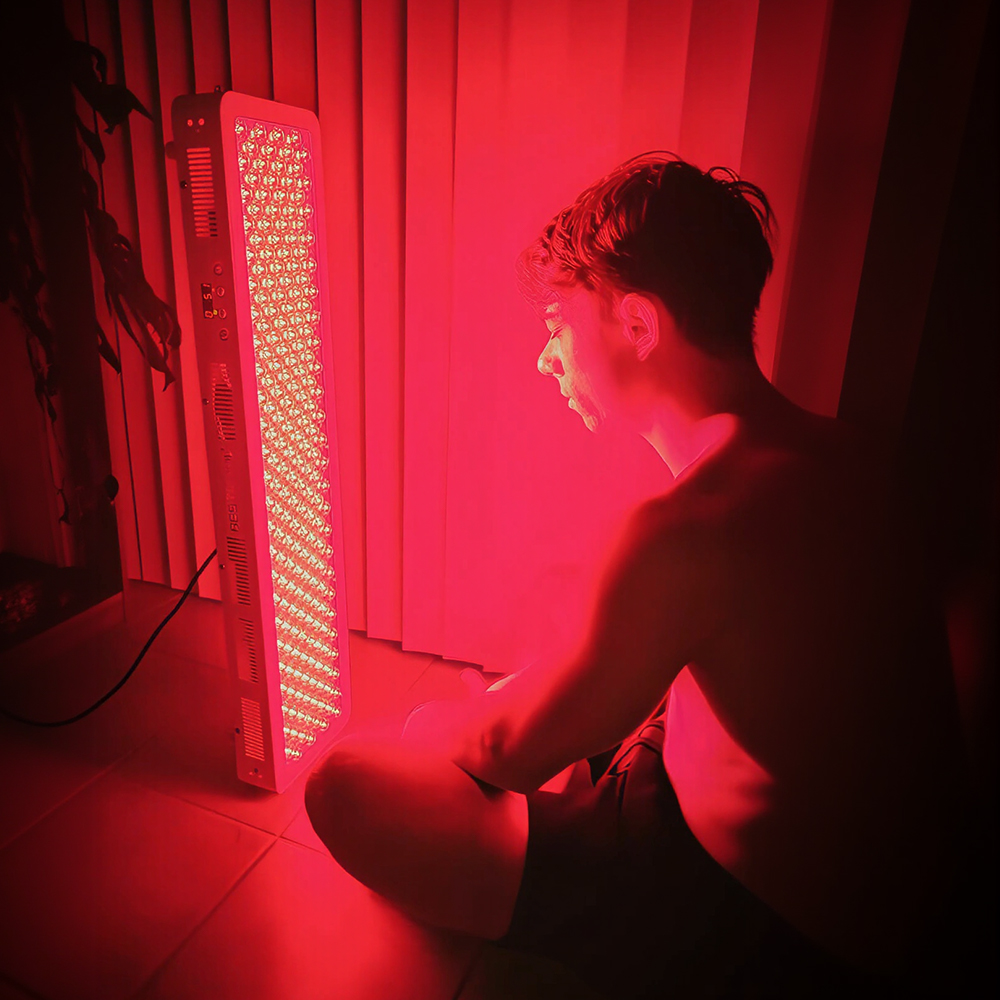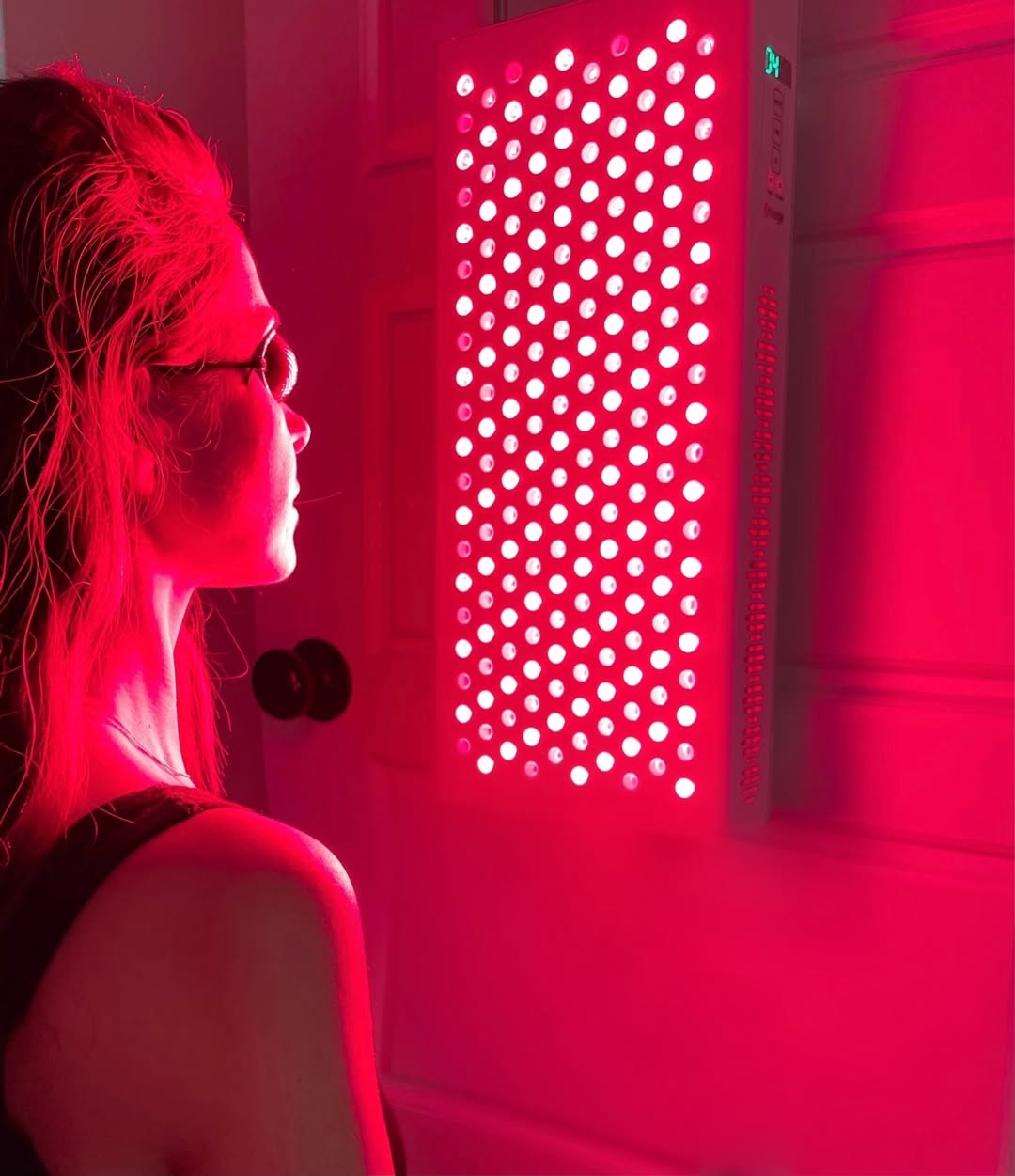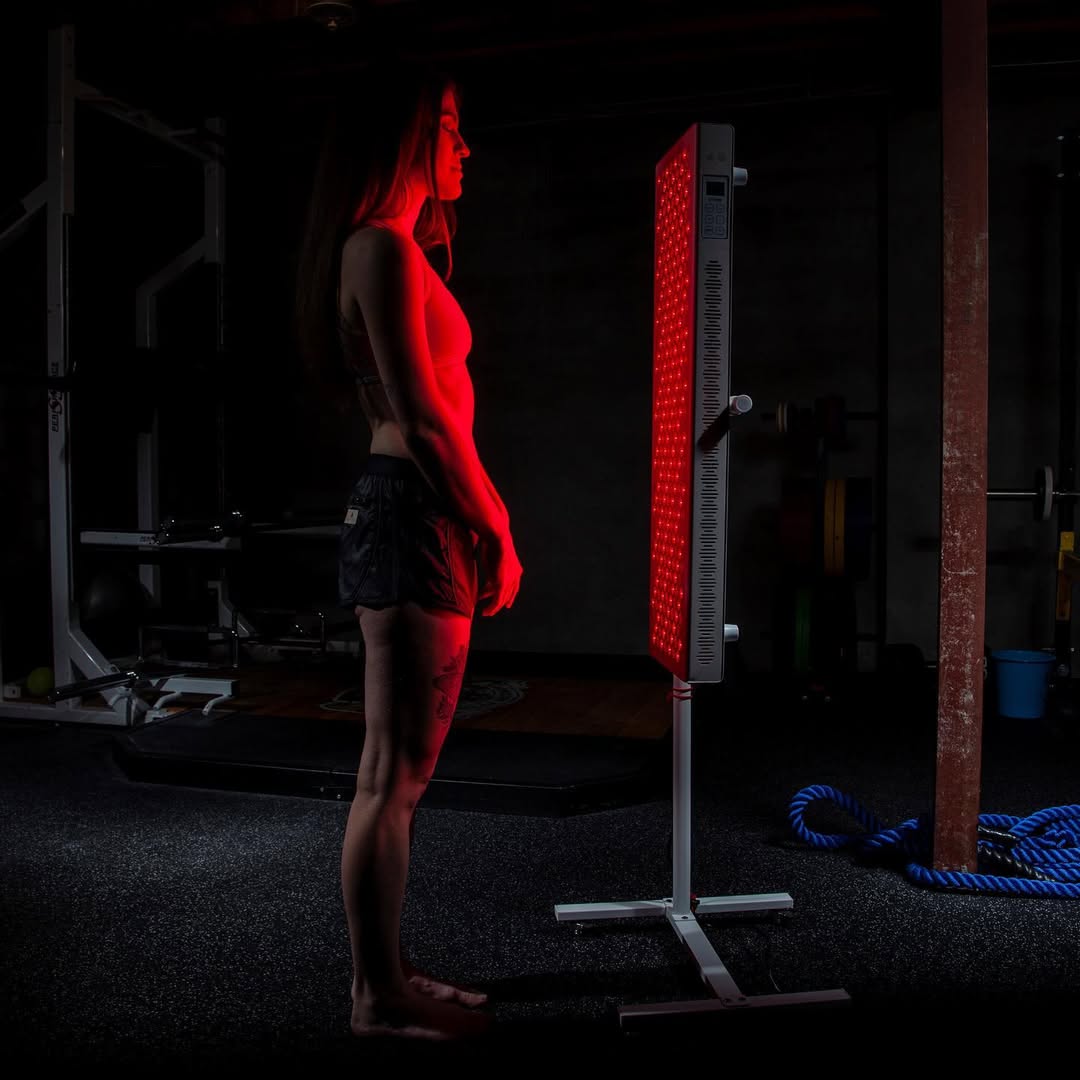![]() Free Shipping
Free Shipping ![]() Buy Now, Pay Later
Buy Now, Pay Later ![]() Eligible
Eligible
Red Light Therapy for Uveitis: A Potential Treatment Option

Introduction: The Painful Reality of Uveitis
Imagine waking up one morning with a sharp, throbbing pain in your eye, accompanied by blurred vision and extreme sensitivity to light. Simple tasks like reading, driving, or even looking at a screen become unbearable. This is the daily struggle for millions of people suffering from uveitis, a form of eye inflammation that affects the uvea—the middle layer of the eye.
Uveitis can lead to severe complications, including glaucoma, cataracts, and even permanent vision loss if left untreated. Traditional treatments often involve corticosteroids, immunosuppressants, or even surgery, which come with their own set of side effects. But what if there was a non-invasive, drug-free alternative that could help reduce inflammation and promote healing?
Enter red light therapy (RLT), a promising treatment gaining traction in the medical community for its anti-inflammatory and tissue-repairing benefits. Could this be the future of uveitis management? Let’s dive into the science, benefits, and potential of red light therapy for uveitis.
Understanding Uveitis: Causes and Challenges
Uveitis is an inflammatory condition that can affect different parts of the eye, including:
- Iritis (inflammation of the iris)
- Cyclitis (inflammation of the ciliary body)
- Choroiditis (inflammation of the choroid)
Common Causes:
- Autoimmune disorders (e.g., rheumatoid arthritis, lupus, sarcoidosis)
- Infections (e.g., herpes, tuberculosis, Lyme disease)
- Eye injuries or trauma
- Idiopathic (unknown cause) in many cases
Current Treatment Limitations:
- Steroid eye drops/injections – Can cause glaucoma and cataracts with long-term use.
- Immunosuppressants – Increase infection risk and have systemic side effects.
- Biologic drugs – Expensive and not always effective for all patients.
Given these challenges, researchers are exploring red light therapy as a safer, adjunctive treatment for uveitis.
What Is Red Light Therapy?
Red light therapy (RLT), also known as low-level laser therapy (LLLT) or photobiomodulation, uses specific wavelengths of red and near-infrared light (typically 630-850 nm) to penetrate the skin and tissues. Unlike UV light, which damages cells, red light stimulates cellular repair and reduces inflammation.
How Does It Work?
- Boosts Mitochondrial Function – Enhances ATP (energy) production in cells.
- Reduces Inflammation – Lowers pro-inflammatory cytokines.
- Promotes Tissue Repair – Accelerates healing in damaged cells.
- Improves Blood Circulation – Enhances oxygen and nutrient delivery.
These mechanisms make RLT a powerful tool for managing inflammatory conditions, including uveitis.
VELLGUS Elite V2
THE #1 RATED RED LIGHT DEVICE
VELLGUS pro V2
THE #1 RATED FULL BODY RED LIGHT DEVICE
Scientific Evidence: Can Red Light Therapy Help Uveitis?
While research on RLT for uveitis is still emerging, several studies suggest significant potential:
1. Anti-Inflammatory Effects
A 2017 study published in Scientific Reports found that red light therapy reduced inflammation in retinal cells by suppressing inflammatory markers like TNF-α and IL-6—key players in uveitis.
2. Protection Against Retinal Damage
A 2020 study in Photomedicine and Laser Surgery demonstrated that near-infrared light protected retinal cells from oxidative stress, a major contributor to uveitis-related vision loss.
3. Pain and Symptom Relief
Patients with chronic uveitis often experience eye pain and photophobia (light sensitivity). RLT has been shown to reduce nerve pain and improve comfort, as seen in studies on other inflammatory eye conditions.
4. Adjunctive Therapy with Fewer Side Effects
Unlike steroids, RLT has no known serious side effects when used correctly. This makes it an attractive option for long-term management of chronic uveitis.
How to Use Red Light Therapy for Uveitis
If you’re considering RLT for uveitis, here’s what you need to know:
1. Professional vs. At-Home Devices
- Clinical-grade RLT devices (used in ophthalmology clinics) deliver precise wavelengths.
- At-home LED panels or masks (e.g., Joovv, Red Rush) can be beneficial but may require longer treatment times.
2. Recommended Protocol
- Wavelength: 630-670 nm (red) or 810-850 nm (near-infrared) for deeper penetration.
- Duration: 3-10 minutes per eye, 3-5 times per week (start slow and adjust based on response).
- Safety: Always protect the retina by keeping eyes closed or using specialized goggles.
3. Combining with Conventional Treatments
RLT should not replace prescribed medications but can be used alongside them to enhance healing and reduce dependency on steroids.
Patient Experiences: Does It Really Work?
While clinical trials are still limited, anecdotal reports from uveitis patients are encouraging:
- Many report reduced pain and inflammation within weeks.
- Some find they can lower their steroid dosage under medical supervision.
- Improved light sensitivity and overall eye comfort are common benefits.
However, results vary, and more research is needed to establish standardized protocols.
Potential Risks and Considerations
RLT is generally safe, but precautions include:
- Avoiding excessive exposure (can cause dryness or irritation).
- Consulting an ophthalmologist before starting, especially if you have retinal conditions.
- Using FDA-cleared devices to ensure proper wavelengths and safety.
The Future of Red Light Therapy in Eye Care
As research progresses, RLT could become a mainstream option for uveitis and other eye conditions like:
- Dry eye syndrome
- Macular degeneration
- Diabetic retinopathy
With its non-invasive nature and minimal side effects, red light therapy offers hope for millions seeking alternatives to traditional treatments.
Final Thoughts: Is Red Light Therapy Worth Trying?
If you’re struggling with uveitis and looking for a natural, supportive therapy, red light therapy may be worth exploring. While it’s not a cure, its ability to reduce inflammation, promote healing, and improve symptoms makes it a compelling adjunct treatment.
Always consult your eye doctor before starting any new therapy, and consider tracking your progress to see if RLT works for you.
Could red light be the future of uveitis care? Only time—and more research—will tell. But for now, it’s a promising, low-risk option that could bring relief to those in need.
Have You Tried Red Light Therapy for Uveitis?
Share your experiences in the comments below! Your story could help others on their healing journey.








